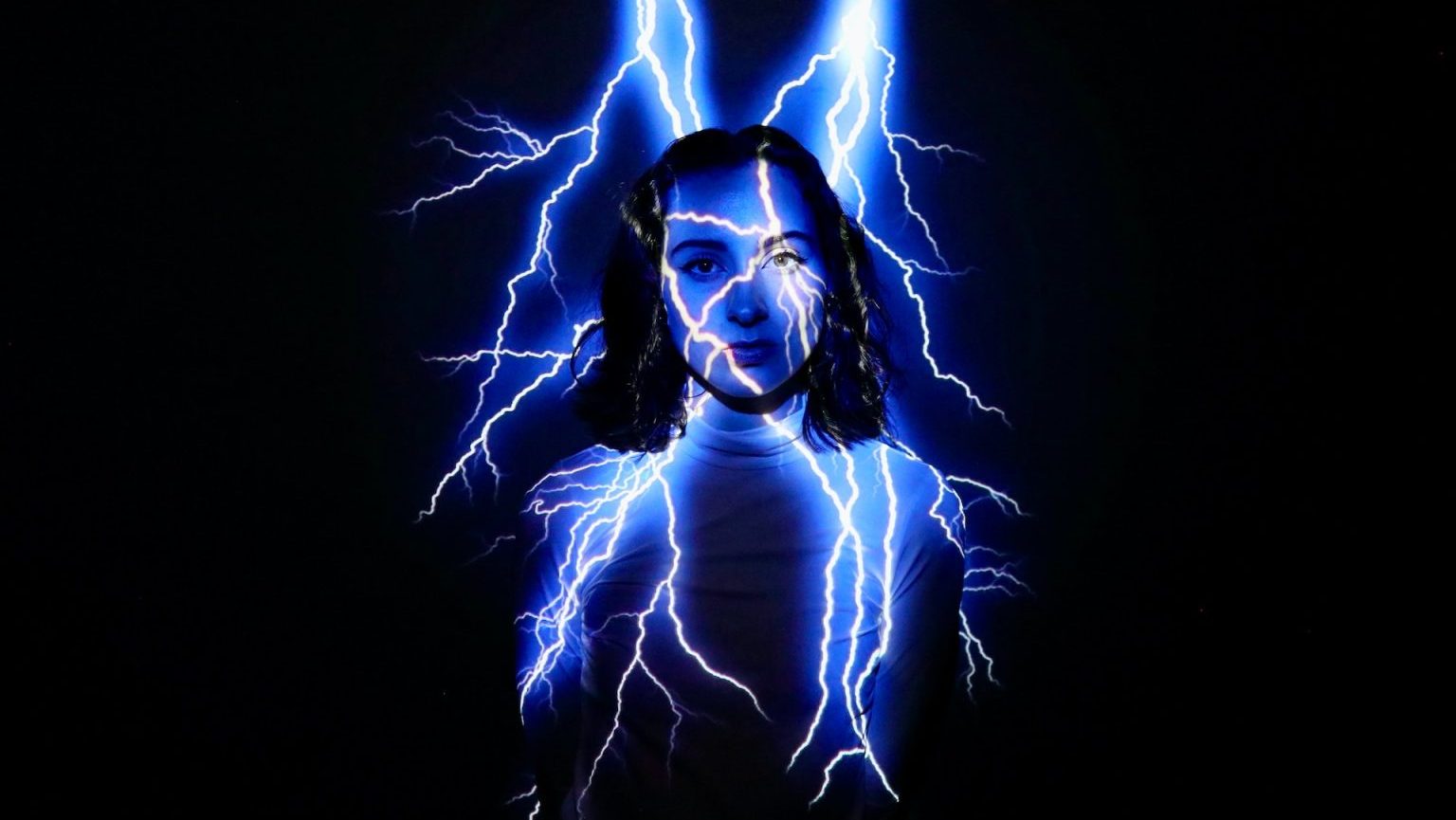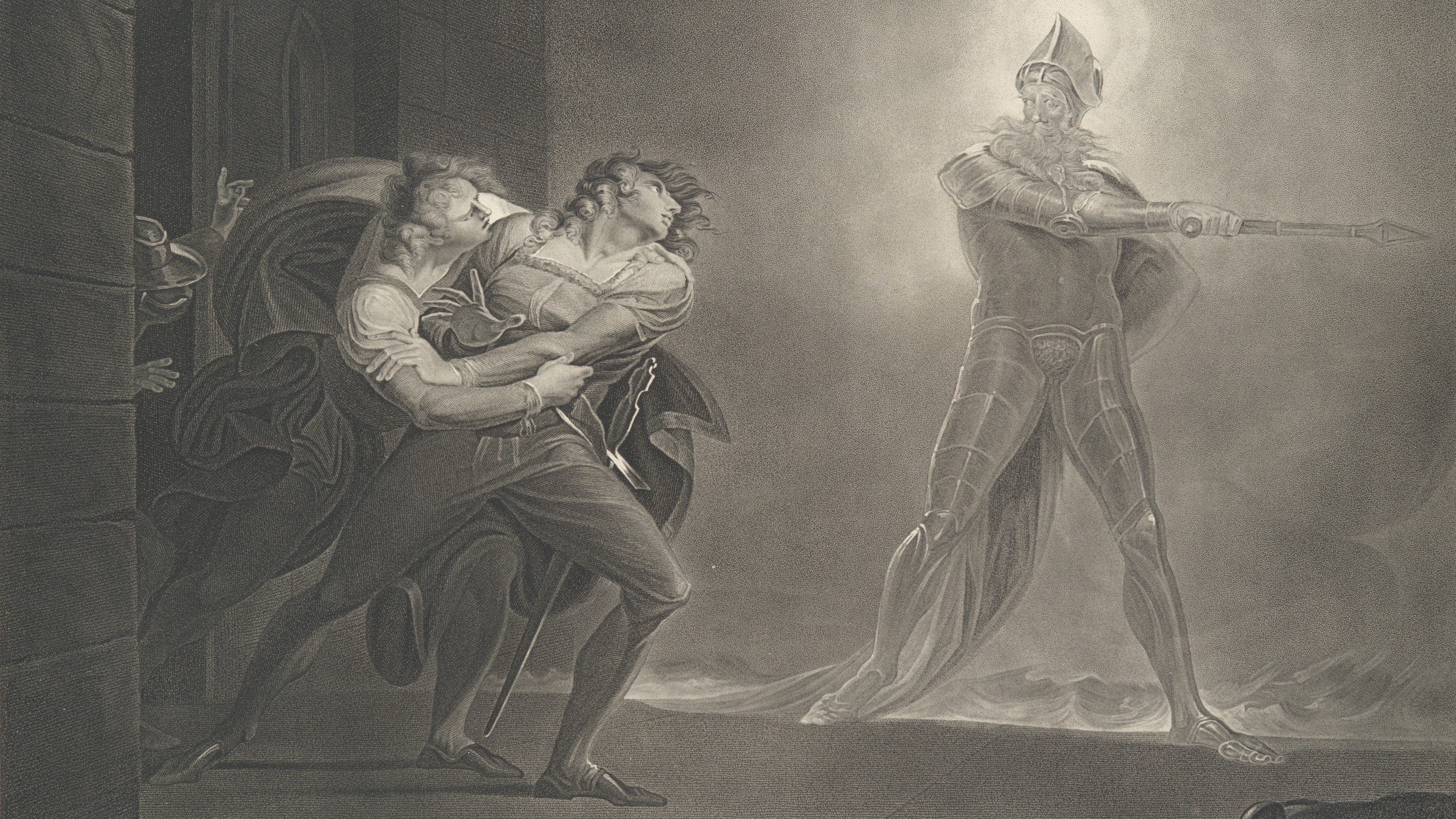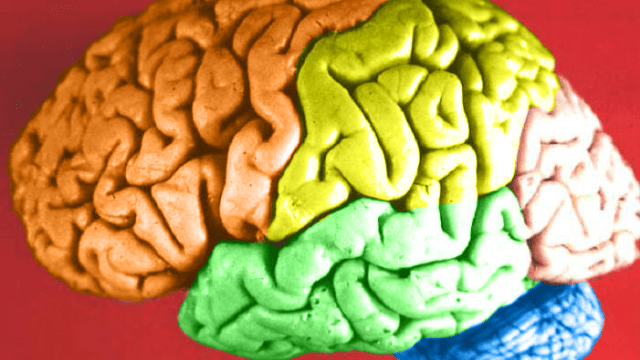Our Empathetic Nature

What’s the Latest Development?
People who have lost a limb sometimes still experience the limb as thought it were still connected to the body. The phenomena is called phantom limb and new research suggests that those with the condition are more susceptible to feeling real physical pain when they observe it in others. The same process that allows us to empathize with others by imagining the pain they feel, properly called synaesthetic pain, is heightened in those who have lost a limb. Scientists speculate that the traumatic experience associated with losing a limb may heighten the sensitivity of pain synaesthetes to others’ pain.
What’s the Big Idea?
Long a conundrum of evolutionary biologists, altruism inspired by empathy may have fairly clear biological and neurological roots. “When we observe or imagine pain, it activates areas of the brain involved in the processing of real pain. This is called the mirror neuron system and is thought to help us to understand other people’s actions and emotions. But the activation is not as strong as that caused by real pain because inhibitory mechanisms normally dampen the response.”





